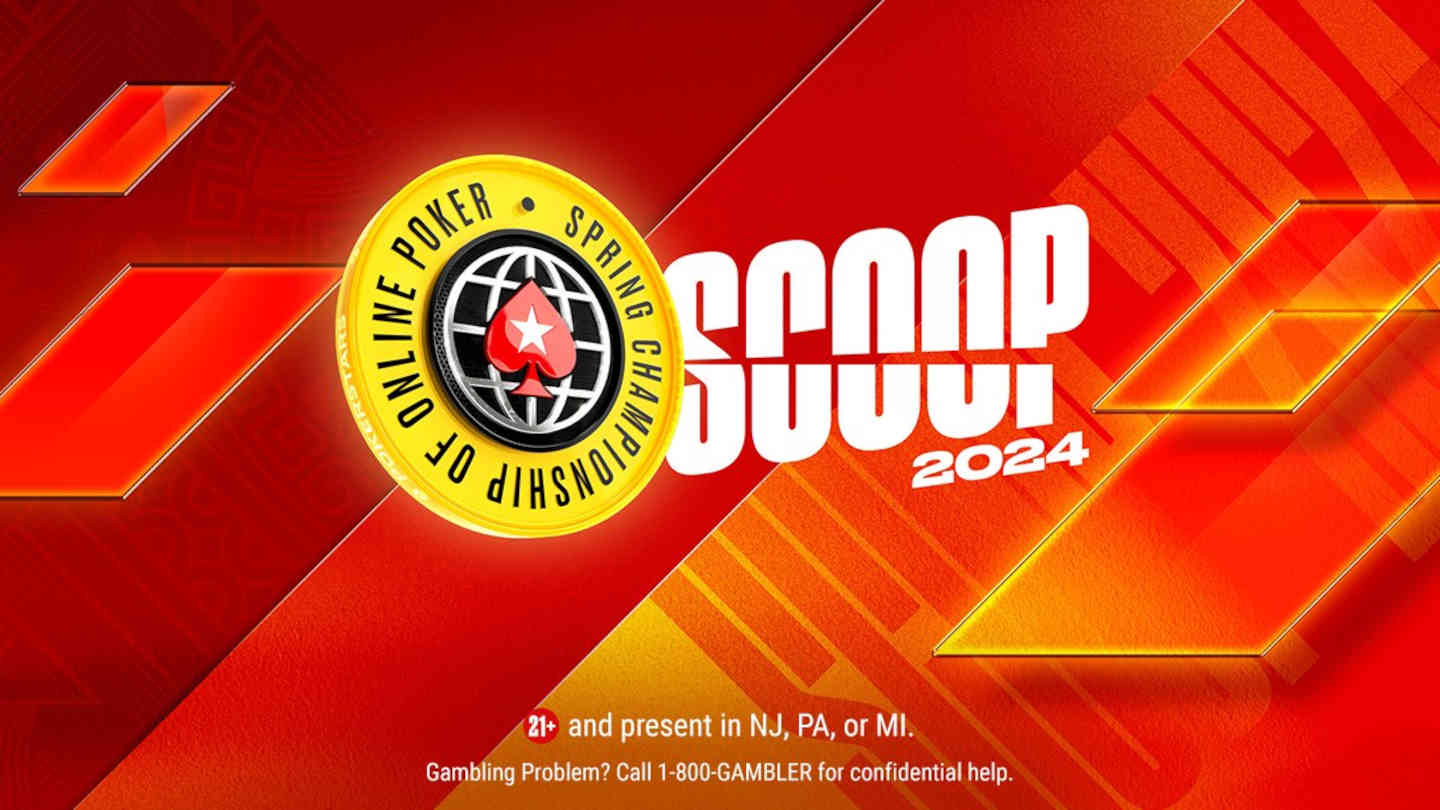What Is A Street In Poker?

In poker, the term “street” describes a specific betting round in the hand and specifies when the action occurs.
With this said, most poker variations have four streets:
During the preflop street, players do not see any of the community cards, and their actions are mostly based on their hole cards and their opponent's actions.
On flop street, the dealer introduces three community cards, which players can use in combination with their hole cards to put together the best possible poker hand. The value of a player's hand can significantly increase or decrease during this street.
The turn street introduces the 4th community card, which can once again increase or decrease the value of the player's hand. However, it usually has less impact than the flop because it introduces only one card.
Finally, the river introduces the 5th and the last community street. At this point in the hand, the players usually have a pretty good idea if the hand they have can beat their opponent or not.
Poker Street Example:
After the blinds have been posted and each player has received their hole cards in Texas Holdem game, the action is on the UTG player, which marks the beginning of the preflop betting round.
The preflop betting round ends when the last bet has been matched or all players except one have folded.
The dealer deals three community cards if the last bet has been matched and the flop street begins. The first player to act on each street after the flop is the SB or the first active player on the BTN’s left.
If the last bet during the flop street has been matched, the dealer deals the 4th community cards, and the turn street begins.
Finally, if the last bet during the turn street has been matched, the dealer deals the last community card, and the river street begins.
The river street can end in one of two ways: all players except one fold or the last bet have been matched, and two or more players go to showdown.
ONLINE POKER:
RESOURCES:







